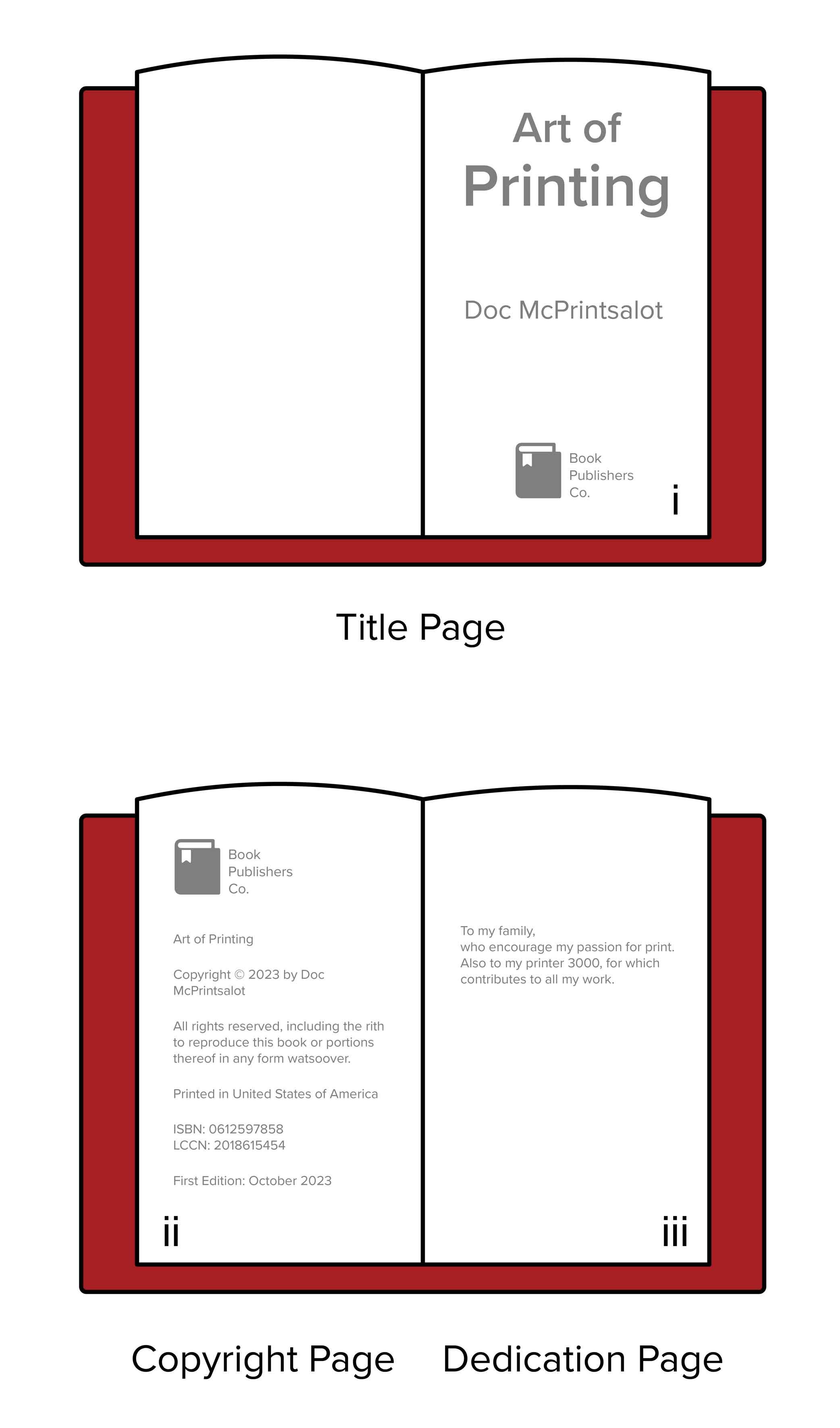
Insights:
Page Numbering Best Practices
As a book designer, it's important to consider the best practices for page numbering to ensure a polished and professional finished product. Here are some key points to keep in mind:
1. Begin page numbering on the first page of the main body of text, usually the first page of the introduction or first chapter. This page is typically a right-facing page and is considered page 1, and the subsequent pages should be numbered in consecutive order.
2. Avoid starting page numbering over at the beginning of each chapter, unless it is absolutely necessary for the design of the book. This can be confusing for readers and disrupt the flow of the text.
3. Consider using a clear and easy-to-read font for the page numbers, such as Times New Roman or Arial, and make sure they are the same size as the body text.
4. Place the page numbers consistently in the same location on each page, typically in the bottom center or bottom right corner (for odd numbered pages) and bottom left corner (for even numbered pages). This will make it easier for readers to find and reference specific pages.
5. Use a consistent numbering system throughout the book, such as Arabic numerals (1, 2, 3, etc.), and avoid mixing numbering systems within the same book.
6. If the book includes front matter (such as a preface or acknowledgments), these pages should be numbered in lowercase Roman numerals (i, ii, iii, etc.). The first page of the main body of the text should then be numbered as page 1 in Arabic numerals.
Overall, the key to effective page numbering is consistency and clarity. By following these best practices, you can ensure that your book has a professional and polished appearance that will enhance the reading experience for your audience.


